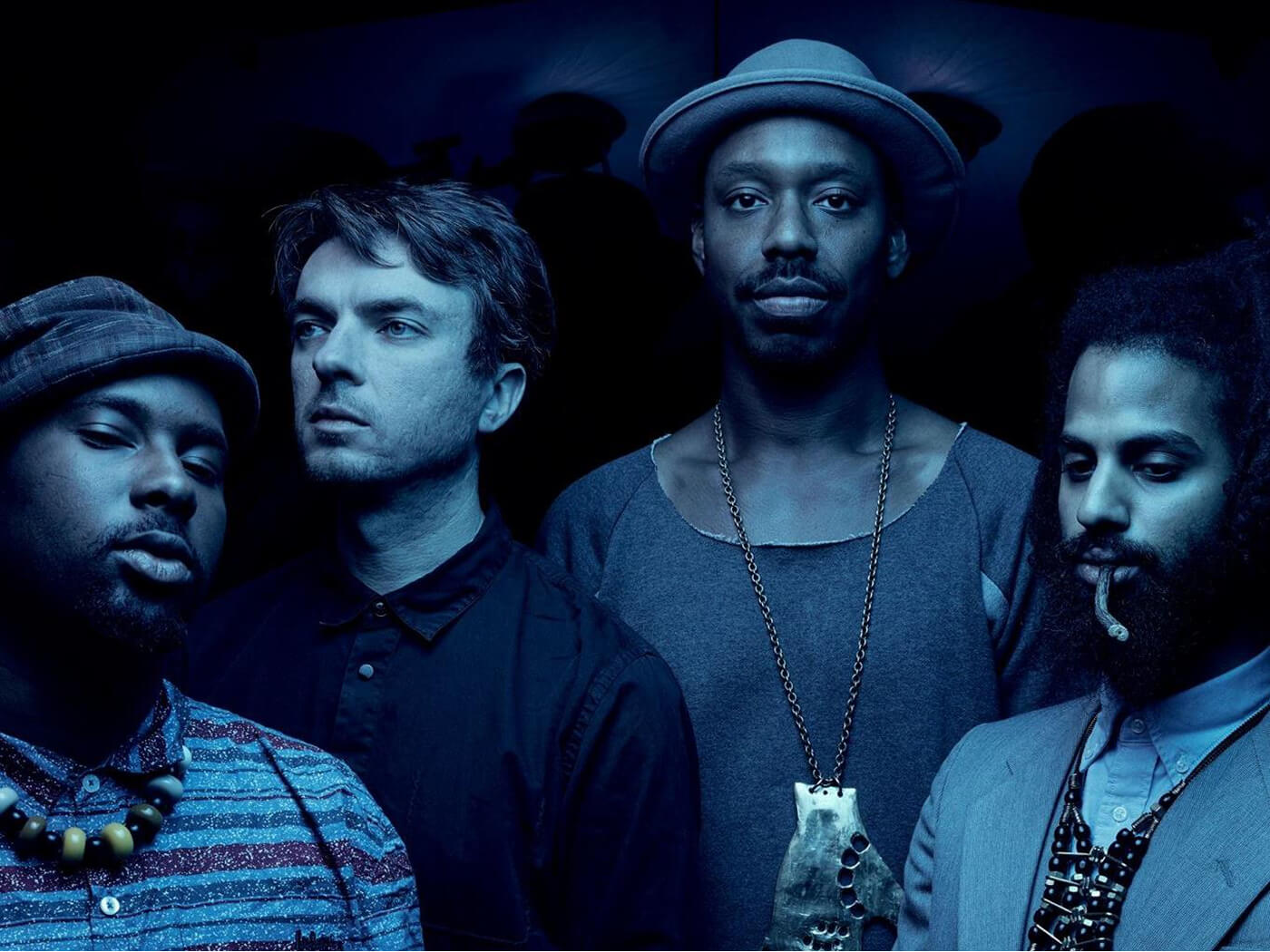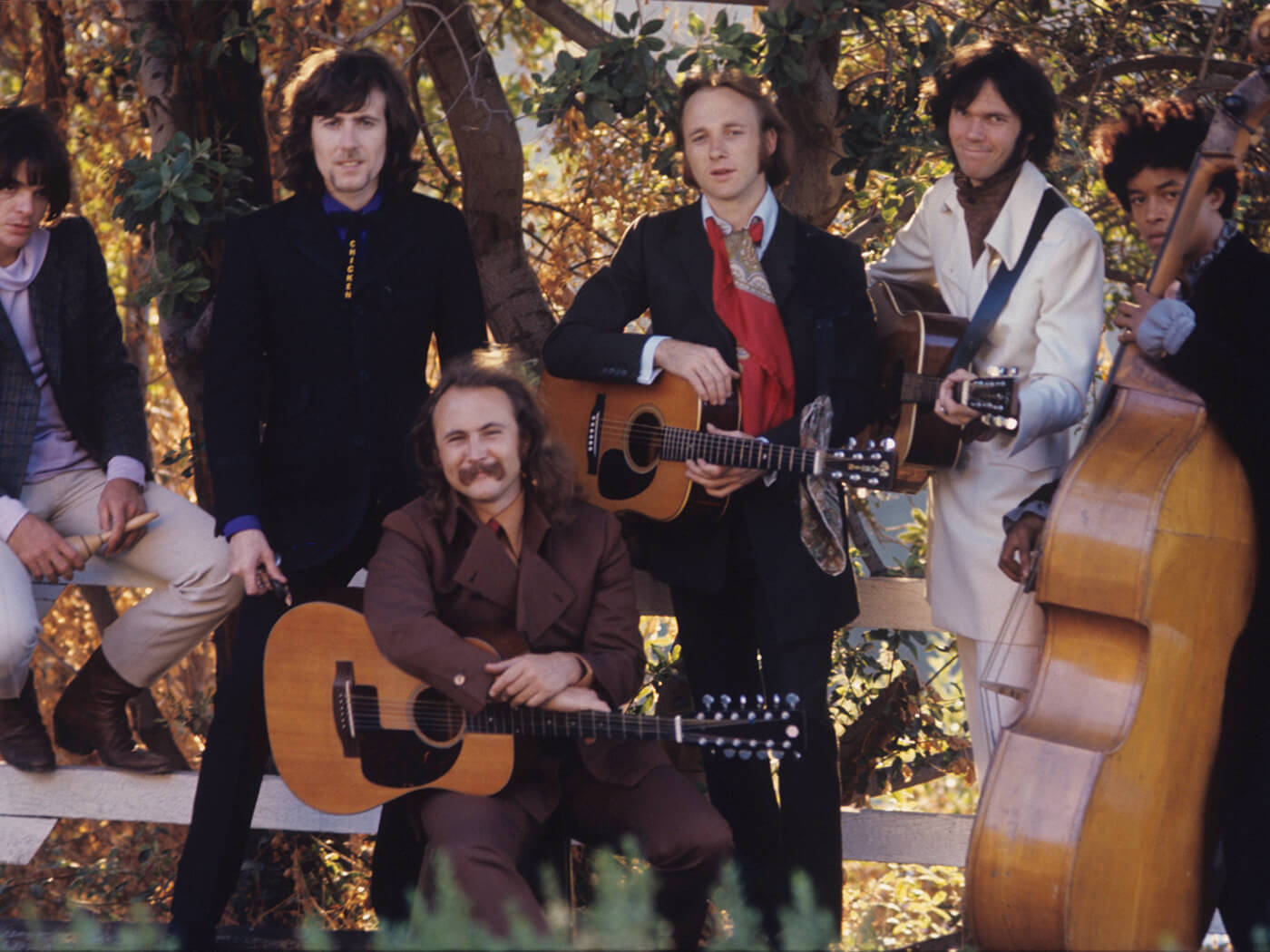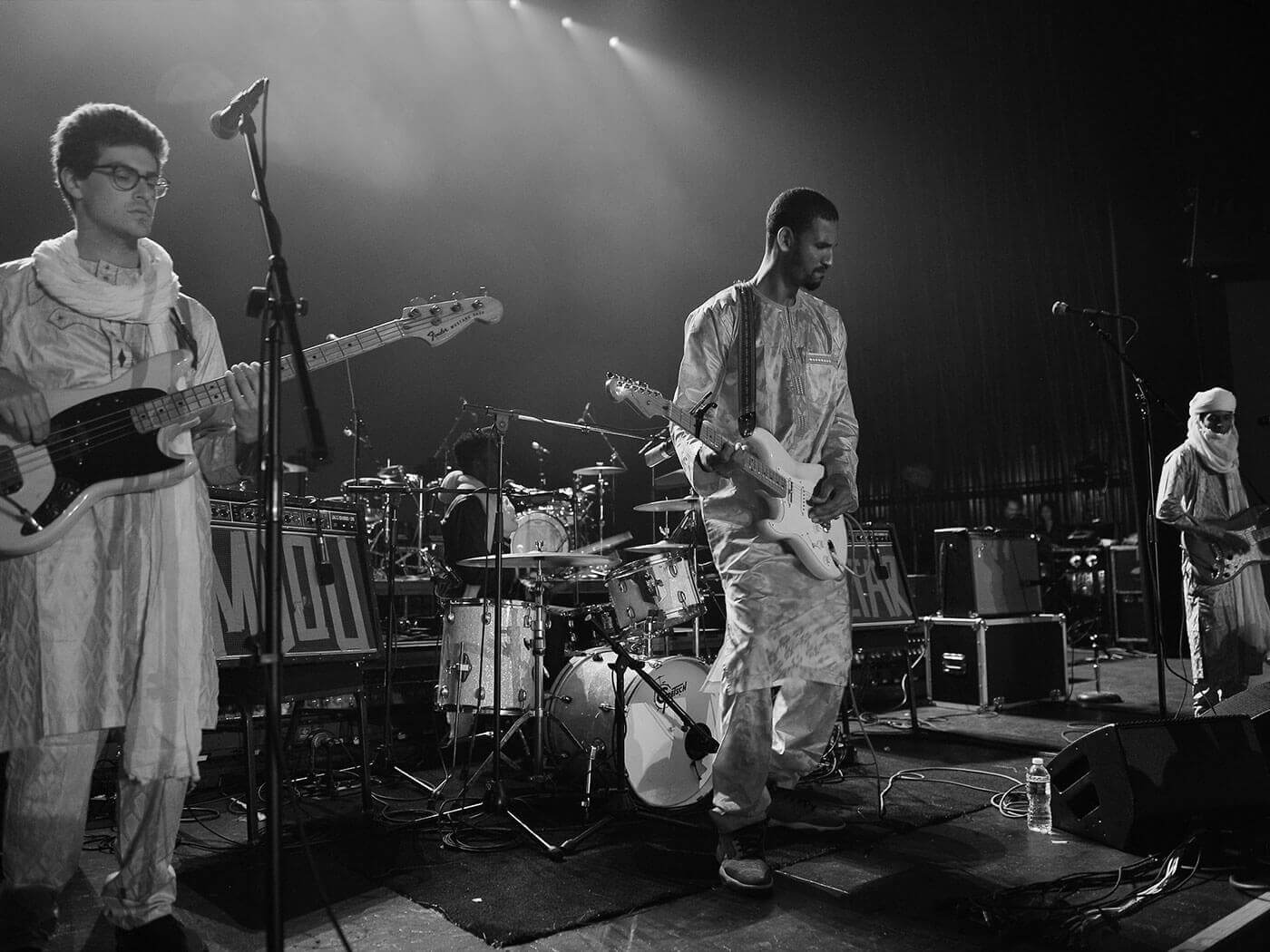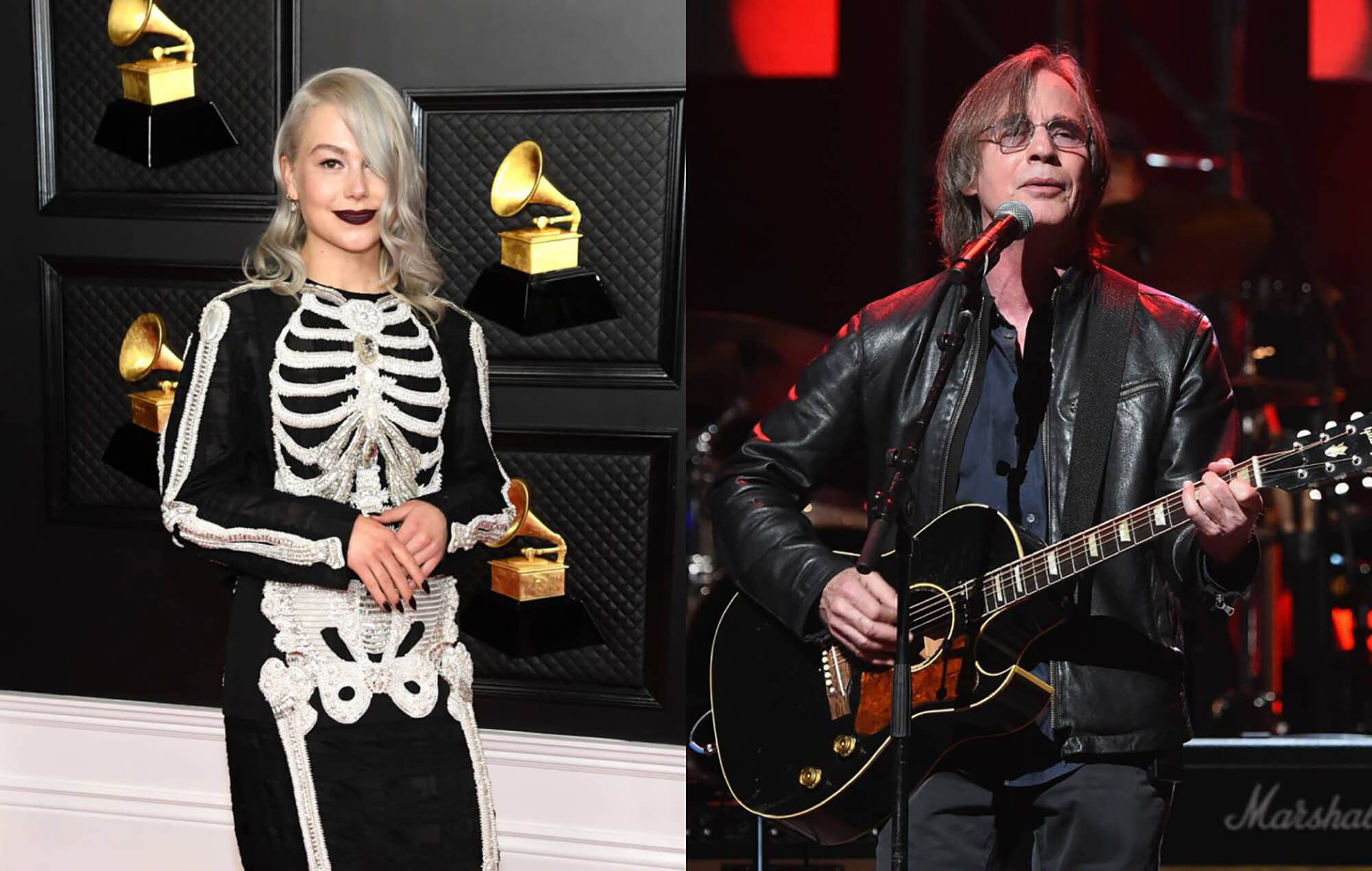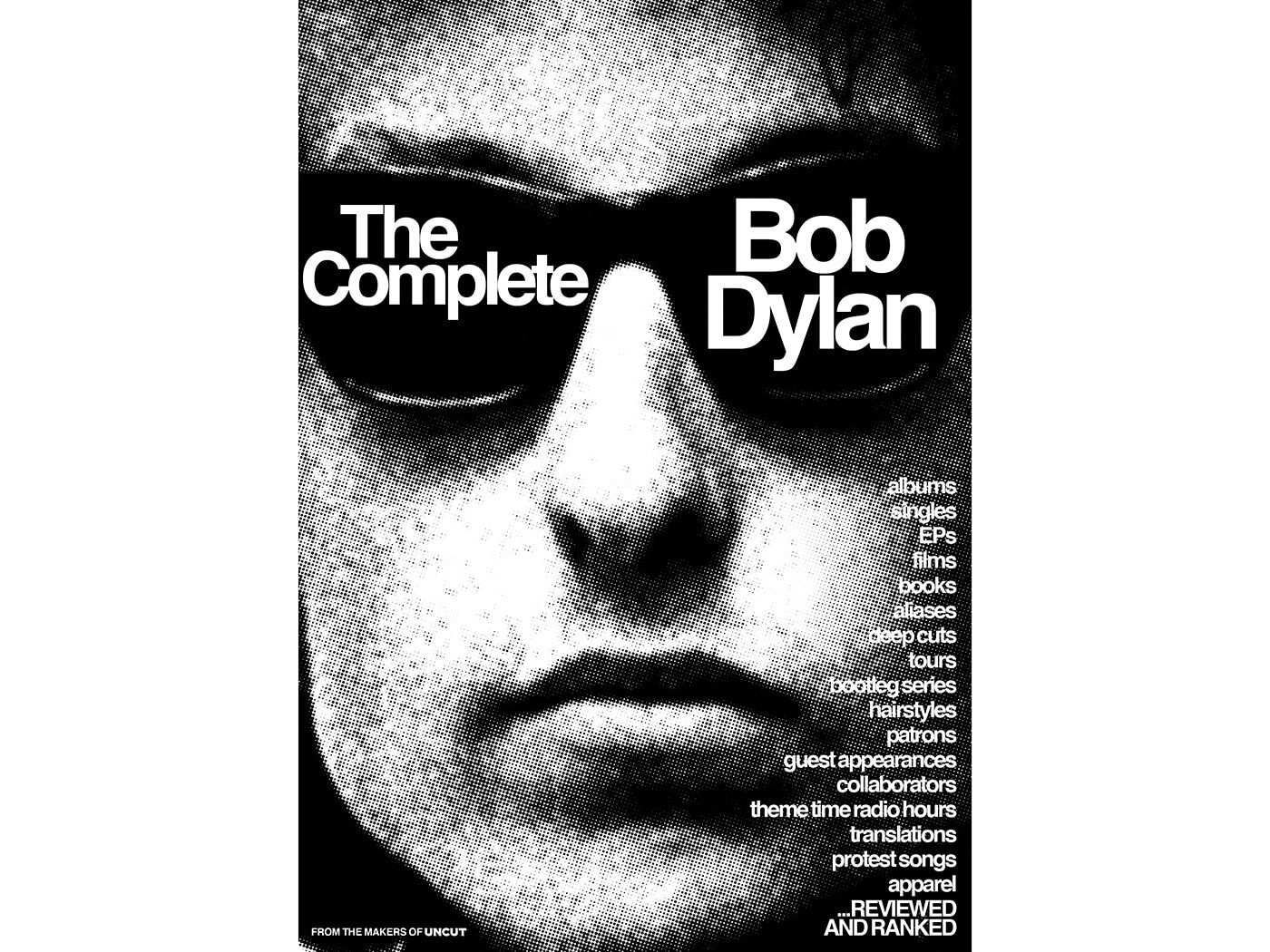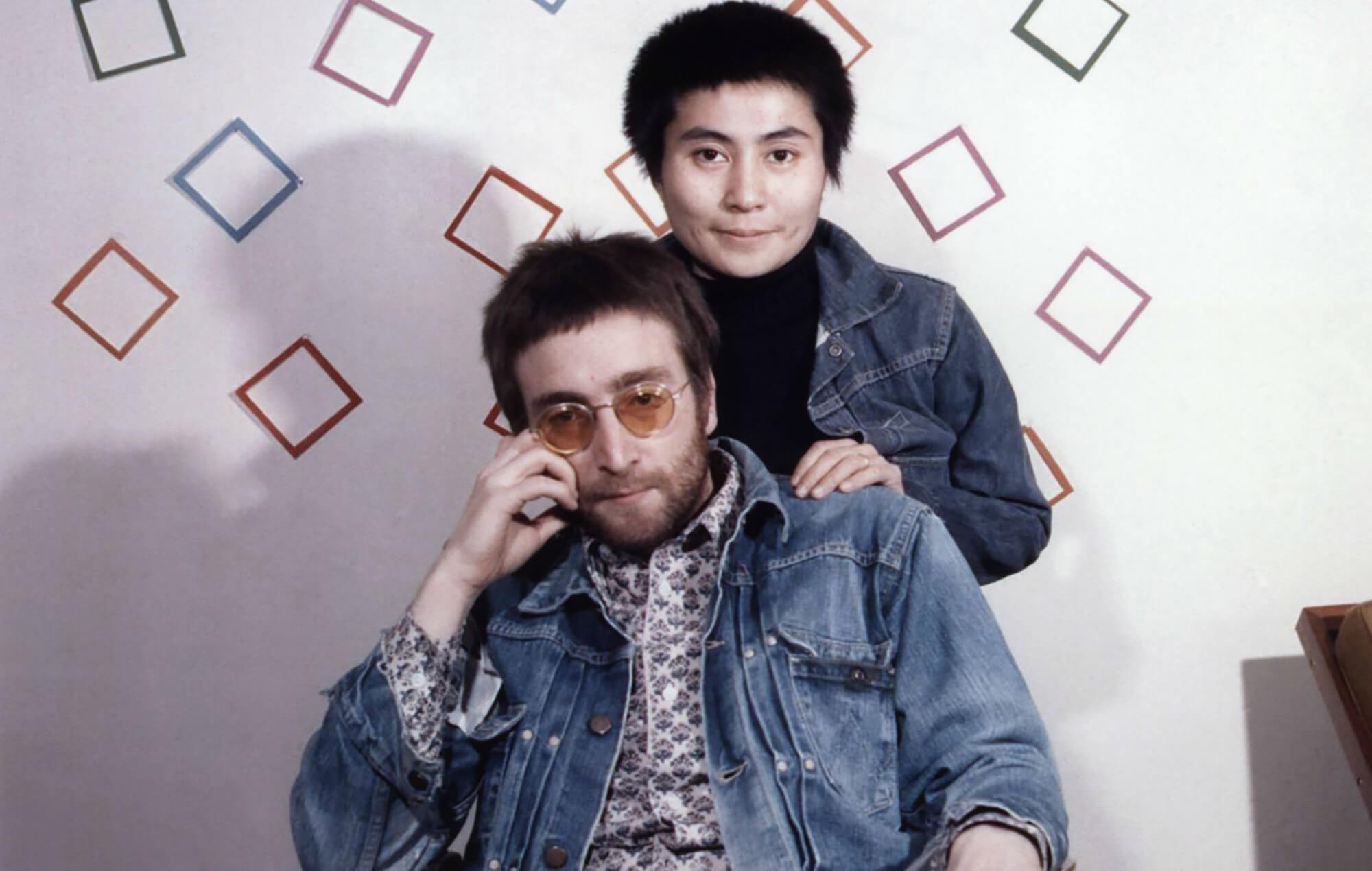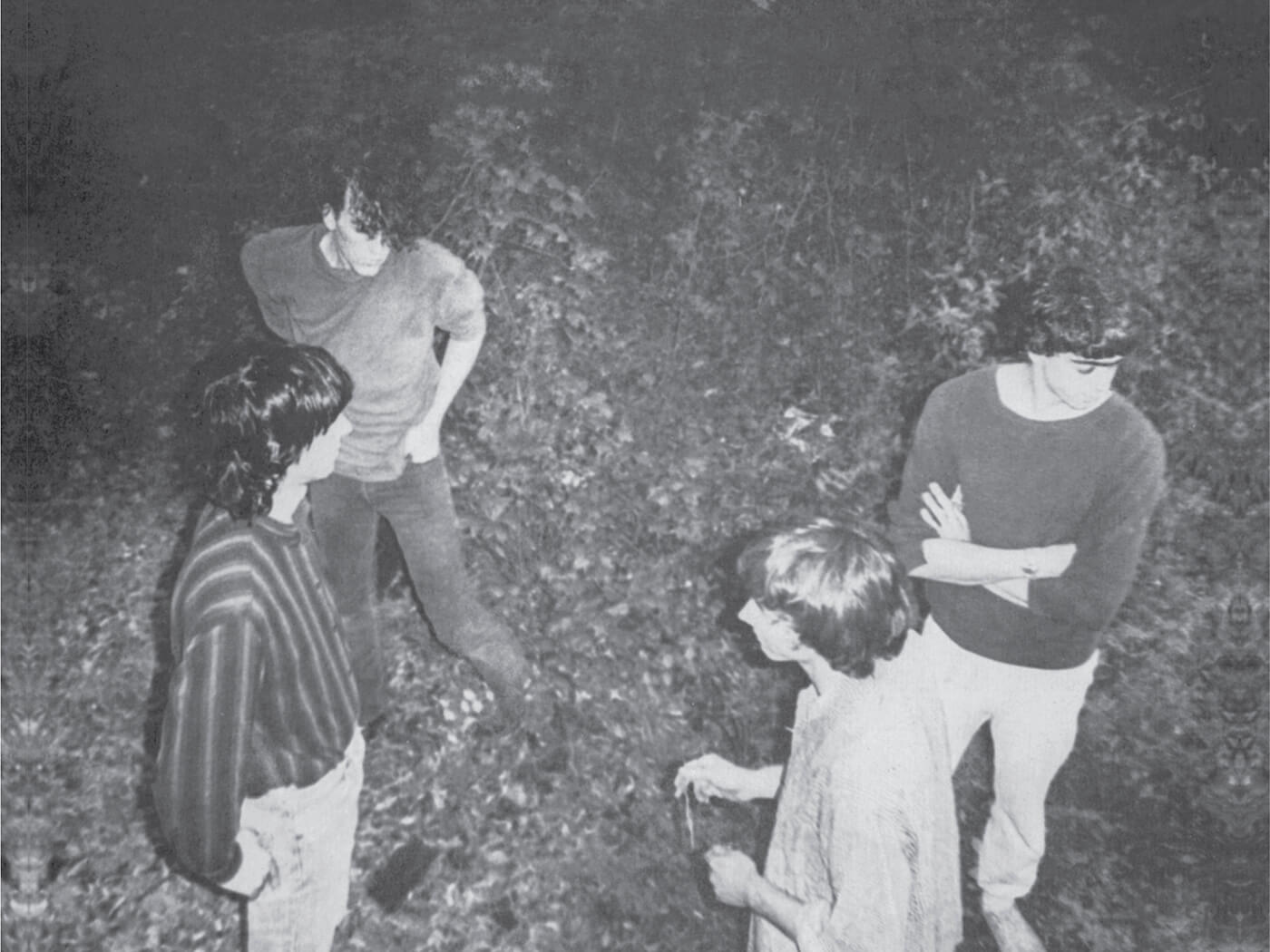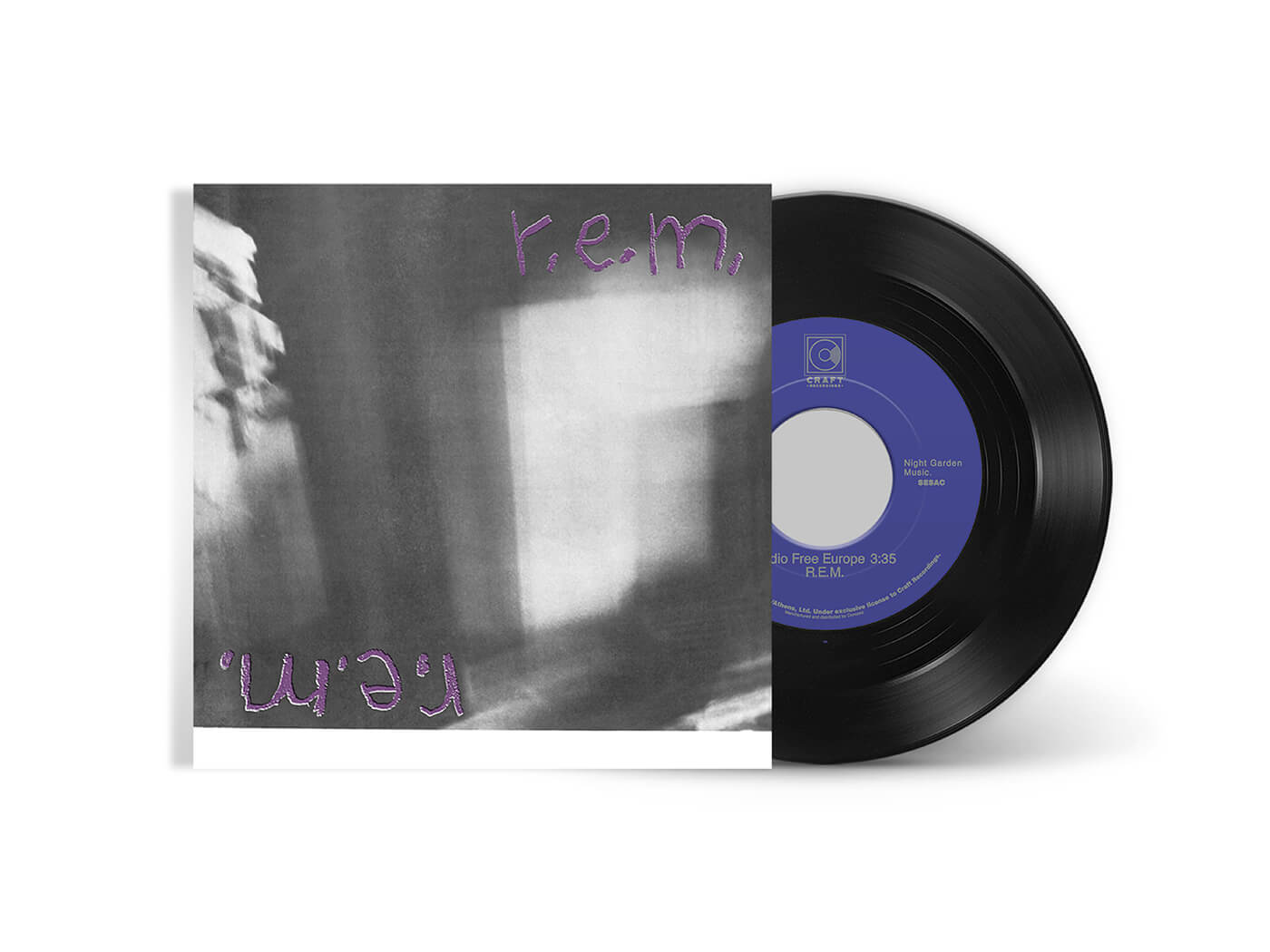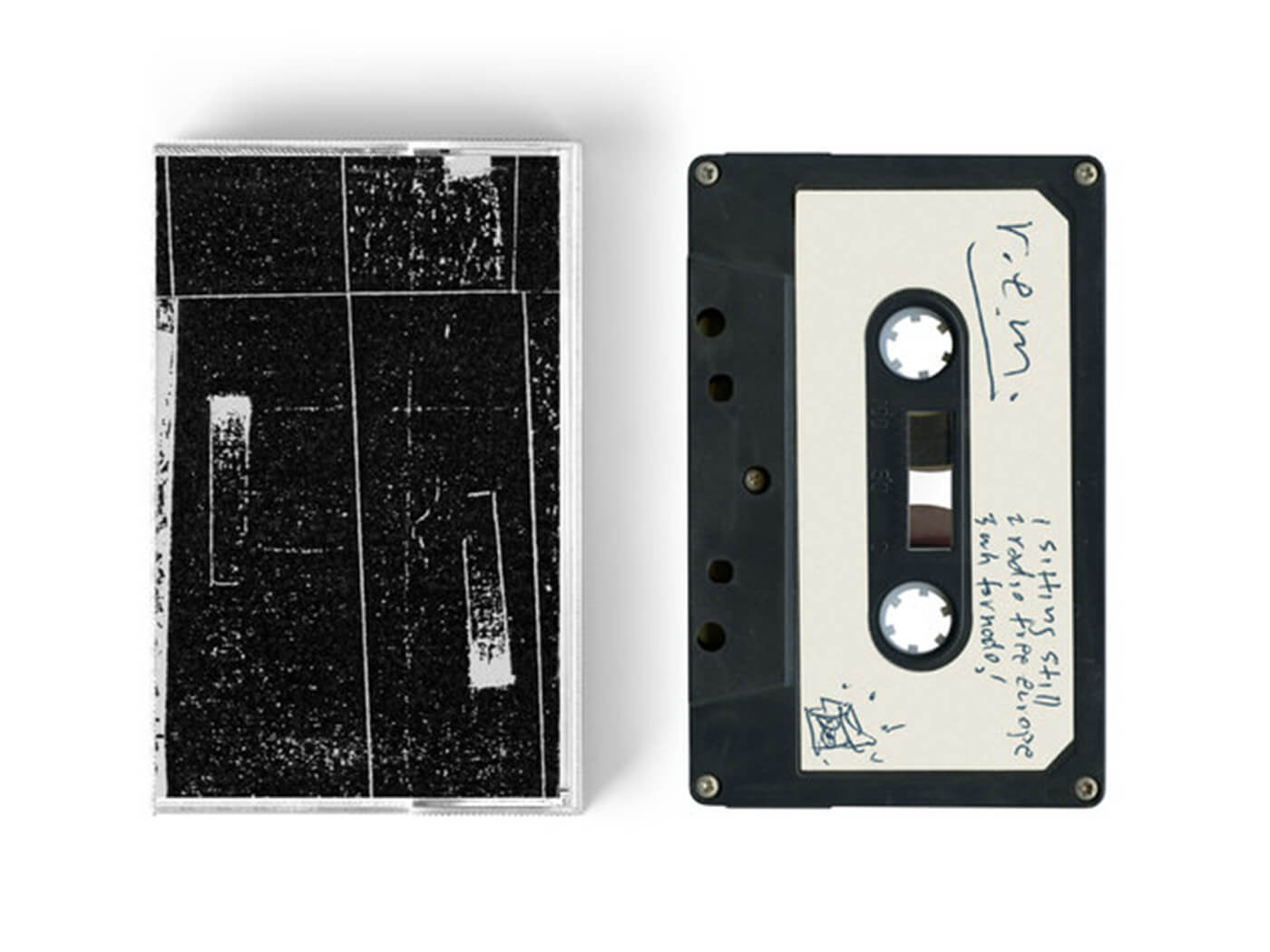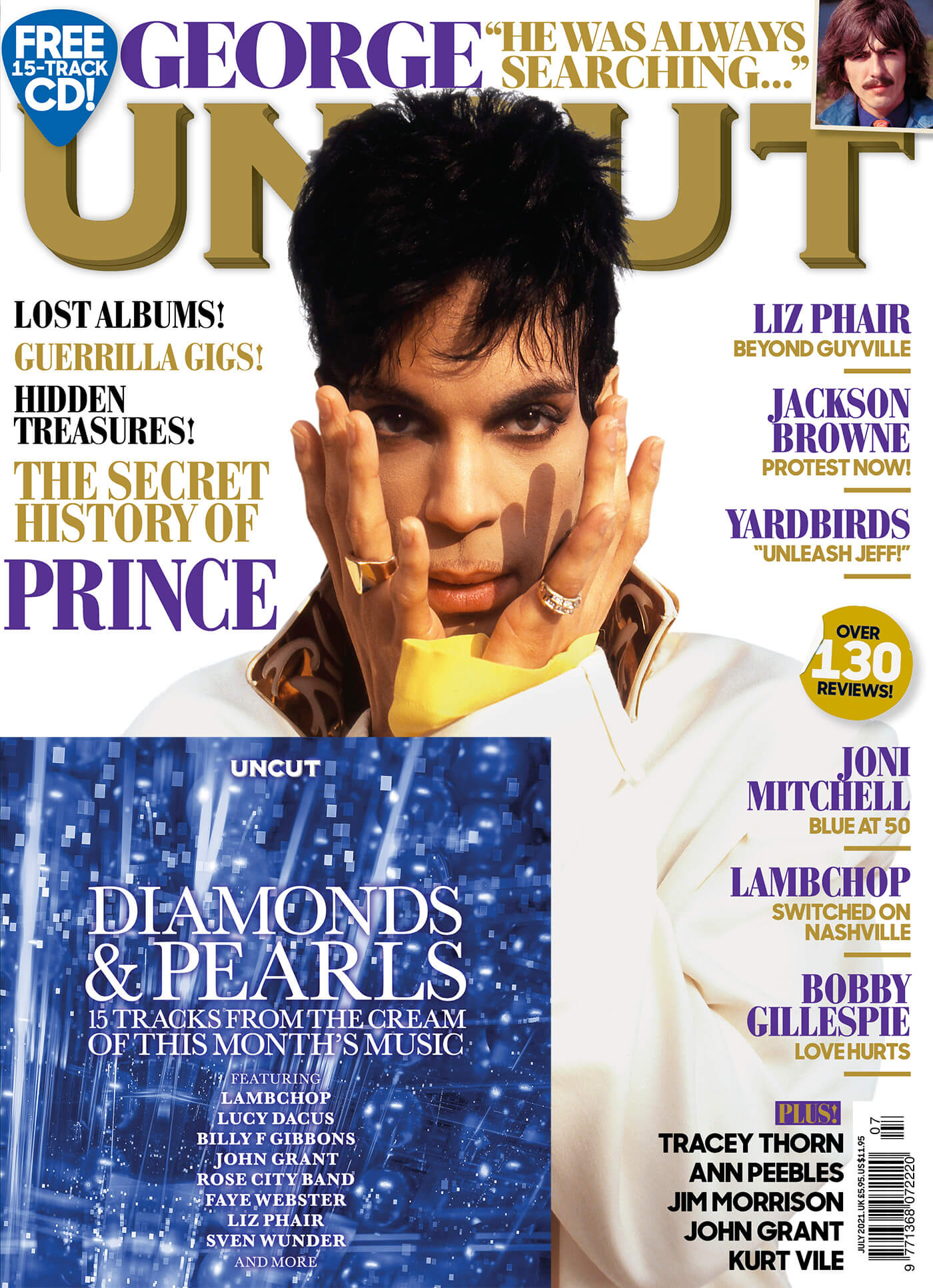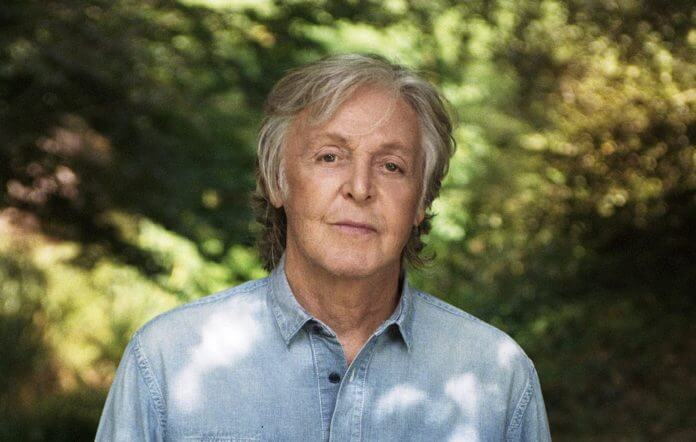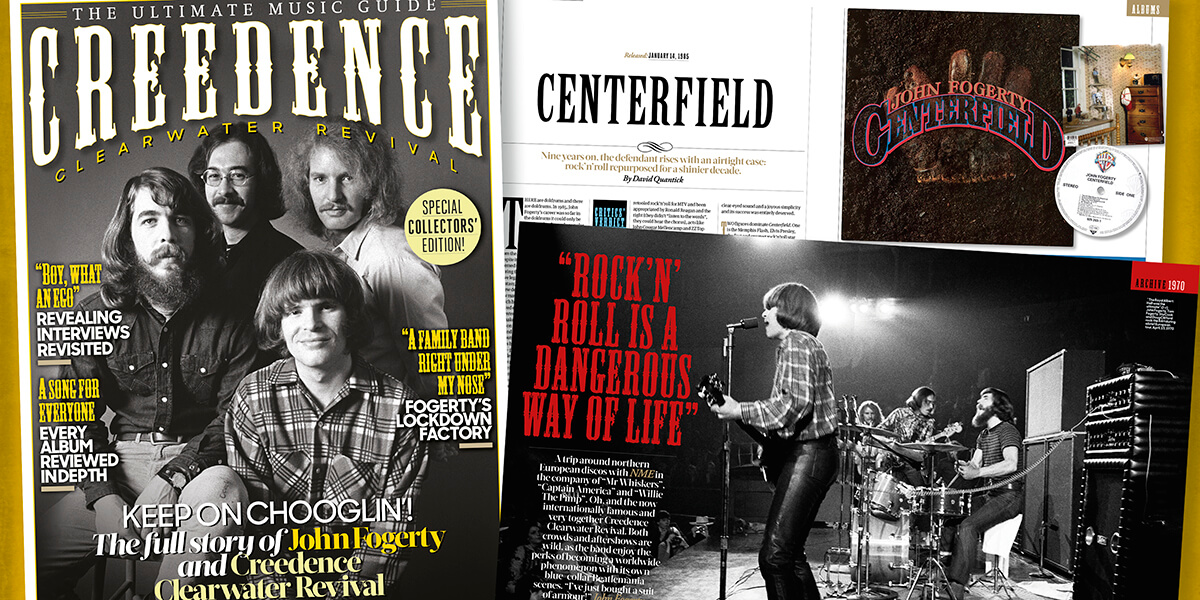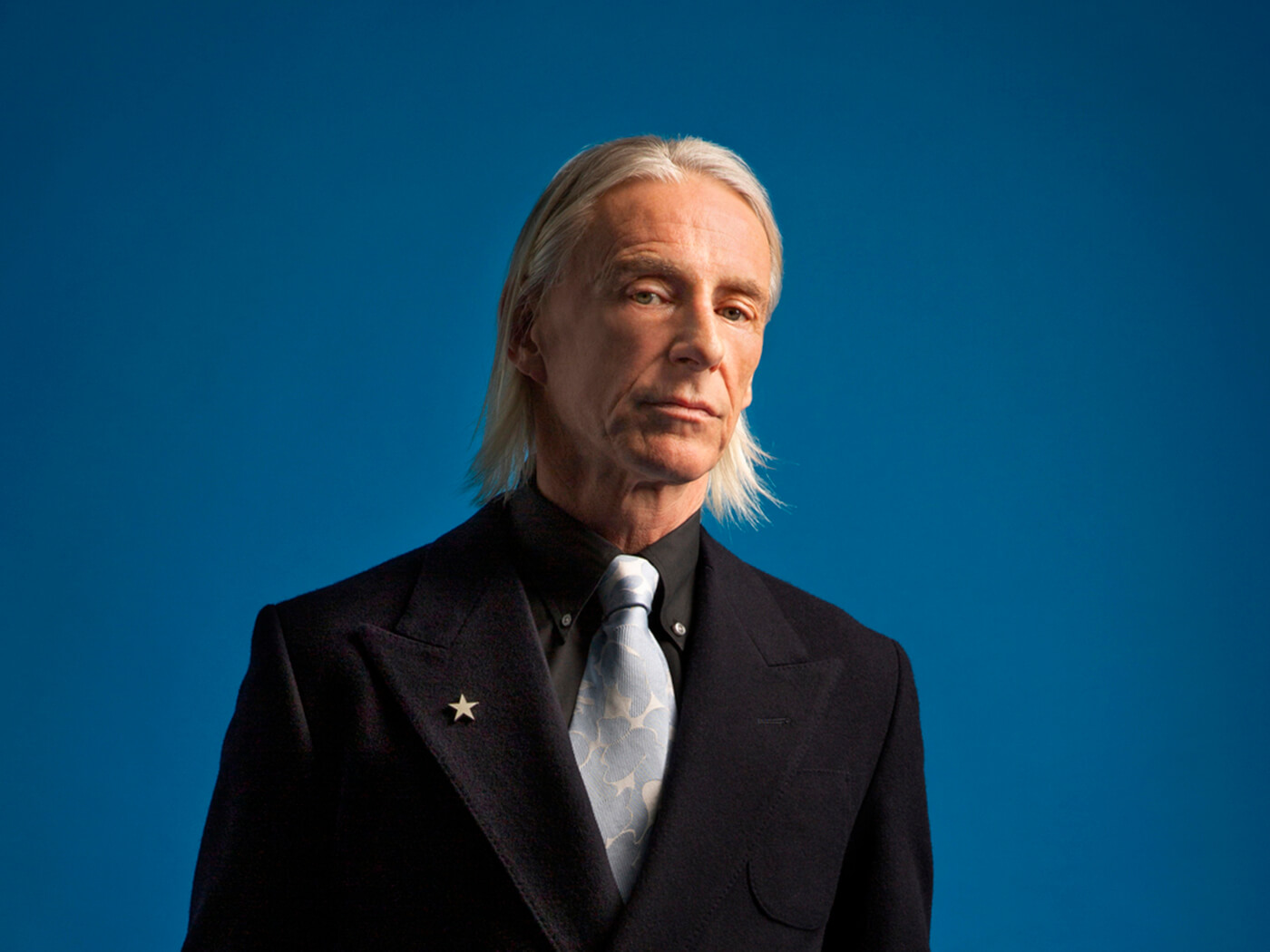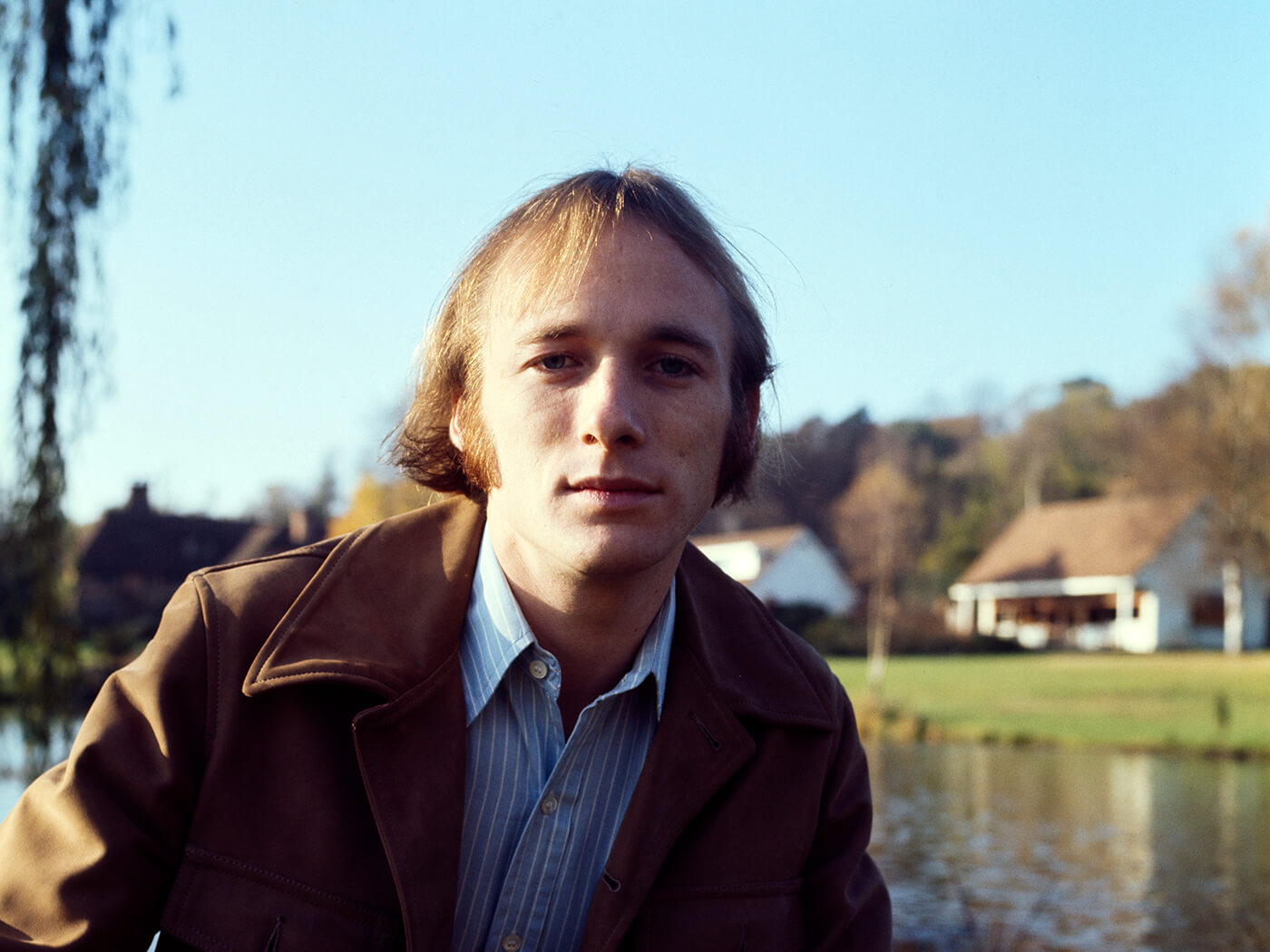With CSNY’s Déjà Vu reissue on sale any day now, here’s an expanded version of the interview with Stephen Stills that appears in the June 2021 issue of Uncut. “Déjà Vu had the most expensive album cover in the history of album covers,” Stills reveals to Peter Watts. “And that was all my fault!”
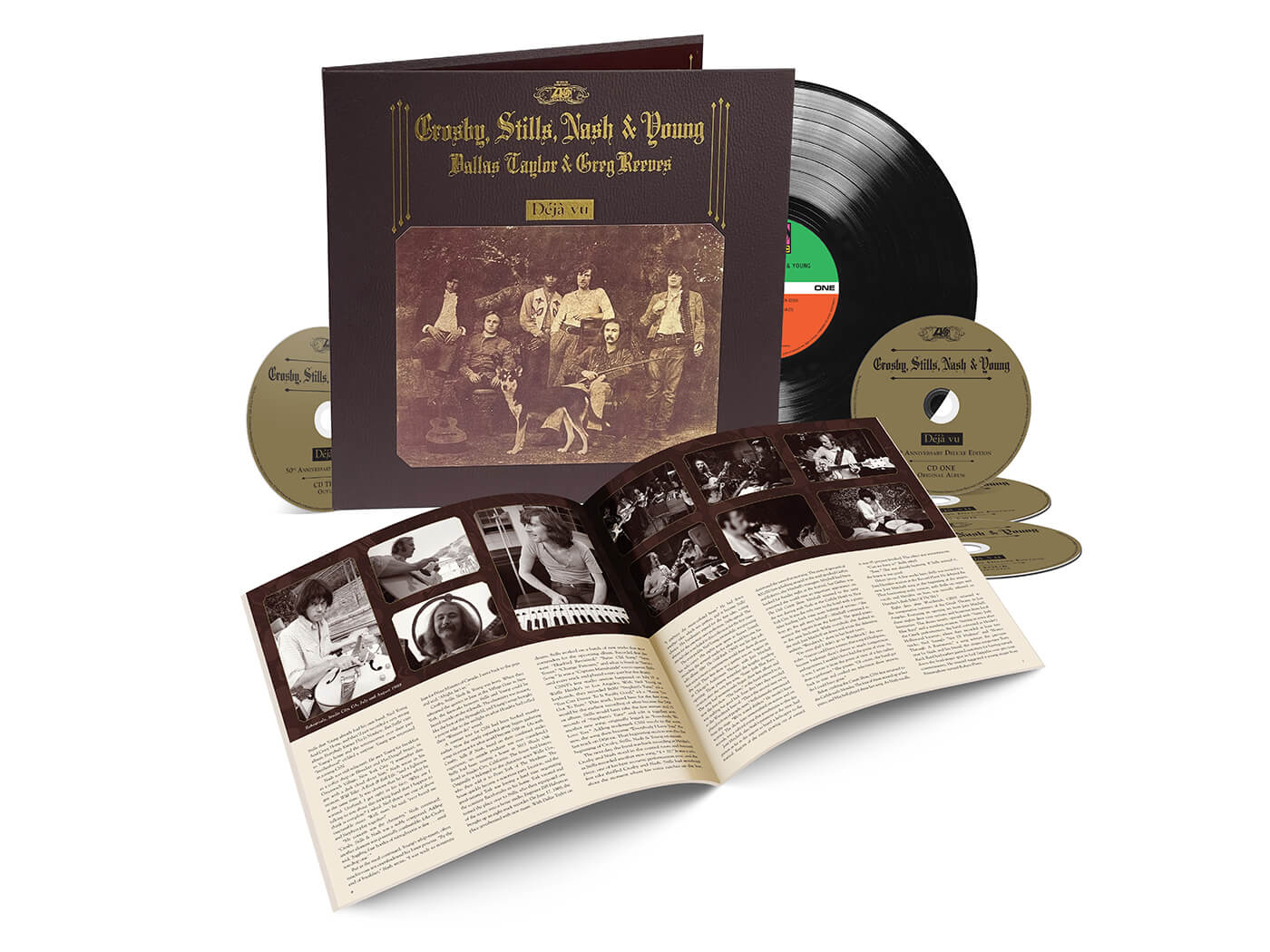
Hi Stephen, are you doing?
I am just coming out of hibernation. I got my second shot yesterday and my hair didn’t fall out so I’m still in the game. It’s been like an extended sabbatical. The initial stress lifted gradually as I realised I was comfortable and I had a good safe house, and I just switched off. It was great actually, I got a bit of perspective on things. I live in the middle of LA in the Hollywood Hills between Sunset and Ventura, a bit over from Laurel Canyon. I like it here.
How are things in the US?
It all went nuts over here for a while. I hope you guys are doing well over there. Being English, you have a bit more discipline. I lived in London and then I bought a house in Surrey and I loved it. You do rather well with your eccentrics. You let people live. It’s true, right back to the Chelsea Arts Club.
Have you been making any music in hibernation?
I have got a working arrangement with my bass player, Kevin McCormick, and we have been plonking out a few songs. I’ve been recording because I have everything I had in the 70s in the studio right here in my house.
Enough for an album?
No, the older you get the slower the come. But eventually. Right now it is pretty raw. The vocals are good and the playing is good for the most part, though there have been instances where I get to the solo and I completely forget how to play the guitar. It’s frightening actually. So I probably have about six, nearly an album, we’ll see. I had to stop myself because they were all starting to sound like limericks, talking blues and all topical and all concerning King Me – Trump. I had to wait for that to die down. But I need to get some distance on it. When I am ready I will put them down but I have to make sure the lyric police shows up. It’s like there’s the vomit draft and then you get some discipline and try to clean it up. Sometimes they fall out fully formed but quite often there’s a bit of a rewrite.
Has the Déjà Vu reissue brought back a lot of memories?
I was just reading some of the press from back then and it was a lot of bollocks. We had all come to think quite a lot of ourselves. The bless of fame was wearing off. Some people get famous and the more famous they get the smarter they think they are and they know everything about everything – that was rampant among us, but judging by what I’ve been reading in the press of the time everybody was doing a great job of covering up just how prickly it was. We talked everything to death and that would take hours. It was the adjustment to working with Neil. For myself, I was already in the process of moving and had one foot in Europe. I was ready to make an escape to find new mates to pal around with, to discover England – freshly mowed grass and lager and guineas and all the usual stuff. That was great and a tremendous load off my mind.
How did Neil change the dynamic?
Neil was one of those who wanted us to sing it and play it at the same time and be done, and the first time you get it right – that’s the take. I like a bit more polish so I’m not actually that fond of these extra tracks in the reissue. I was thinking about this last night and for me it’s like seeing the mannequins undressed in the shop window. Why do you want to put these out there even though they sound great?
Isn’t there a raw honesty to them?
Yeah, if you say so. For me it sounds like we’d just got the words correctly in the right order. Some of it is good. It was odd. I had a knee replacement last year so I was flat on my back while these were being collected and a bit distracted. They sent me MP3 files that sounded like rancid shit, the worst car radio on an AM setting. That was very hard for me to listen so I didn’t realise they had taken such a deep dive into my vault. They went on this excursion, it was like this archaeological dig, so when the final set finally turned up I was, “Wait, what’s all this?” Neil has always been the smartest one of us, he gave us three songs and kept the rest. He’s now put together his own archive over the years, and I found that quite clever actually. It’s what I was supposed to be doing but with one thing or another it went out the way. So I have mixed feelings. I’ve often got my foot stuck in my mouth so I don’t want to make too much of it. But it’s nice to remember that time and this is very reflective of it.
Fans seem to always want more.
Well, they think they do.
Neil seems to release everything.
He releases everything in huge batches. I always thought it was excessive but he seems to do it very well. I’m happy for him and look forward to be playing with him now I am free to mix and mingle.
You were all writing so many songs in this era.
I know. It was a ridiculous amount. I don’t recall much argument about which tracks we agreed to use on Déjà Vu. I basically chose to absent myself until they made up my mind, but I knew which ones of mine I wanted to use and I couldn’t control anything else. The secret was to get the best ones and then stop.
Did you ever discuss making it a double album?
I don’t think we discussed making Déjà Vu a double. I think everybody had one foot in their solo project. I was planning mine and it turned out great because I could quickly differentiate between what was CSNY and what was solo. A lot of the stuff that’s on this record was recorded in the UK, and that’s where I recorded my first and part of my second solo albums.
How do you differentiate between solo and CSNY?
Well, it’s if it warrants harmony. Simple as that. It was e-harmony.com that brought us together.
Do any of the songs bring back particular memories?
When we first arrived in San Francisco, we went down to Wally Heider’s in the Tenderloin which is sort of like your East End. Graham and I quickly realised we didn’t have an opener, so we had this intense conversation. We were staying in this horrid motel and that’s where the lightning struck and I wrote “Carry On”. I played that for Graham the next day and said “Will that do?” and he was very happy. We were quite keen at the beginning of these sessions but then it seemed to drag on and on.
That song has an amazing harmony – did you write that?
I didn’t particularly know it was going to be those particular notes. That’s what we relied on Crosby for. He always came up with that stuff. As an aside, I am really happy that he got If I Could Only Remember My Name re-released because that is a great album.
You were all about to record great solo albums – were you holding stuff back from CSNY?
Not that I necessarily recall. There were things in pieces and you’d think, well that sounds more like a solo bit. It was logical choices like that rather than gaming it.
Did Neil offer you anything that appeared on After The Goldrush?
I’m not sure. I don’t recall him offering anything from that album which we turned down. Not that I recall, anyway. I’m not being evasive, this was 50 years ago and in the clouds of time….
Absolutely. Give me an idea of the working relationships.
For “Déjà Vu”, David insisted he could make the transition from the beginning into the really slow dirgy part, but we said just get the right one and we’ll cut it together. He kept trying and 100 takes later or something absurd, we finally heard one that worked after we’d basically exhausted him. It was close to right, but we’d heard the perfect first part a couple of takes before and the second part he’d just recorded picked up nicely, so we said, “That was great David, go home.” The minute he left the building we took it apart with razor blades and cut it together. The next day we said, “Do you like your car, we had it painted?” He surrendered once he heard it but there was a tension-filled few hours there.
What do you remember of your own out-takes that feature here?
There’s one track on here that everybody says I played all the parts, but it sounds to me like it’s all of us together. That’s the song “Ivory Tower”. It was eventually released under a different name with Manassas. I recorded it four or five times, this is the second one. Then I stepped back and thought the lyrics were kind of mean so I lightened up again and released it under the title “Little Miss Bright Eyes”. That song was originally about all of us. We were all quite full of ourselves and it was that teenage angst at almost 30.
David had lost Christine [Hinton] at this point – what do you remember about that?
He put all the energy into making the record but he was grieving mightily.
Would you have treated David differently now?
Shoulda woulda coulda – I dunno. I don’t think like that.
Was Joni Mitchell ever around during the sessions?
Joni wasn’t around but we cut “Woodstock”. I went and played her my arrangement and asked for her permission. We were isolating ourselves in the tradition of all self-indulgent rock bands, lock the door so we could do whatever the fuck we wanted. I played her my version of “Woodstock” and years later I regret not using more of her really good strange notes. I made the melody a little straighter and in retrospect I wonder… I played on Blue not long after this. I played any time she asked me. Some were used, some were forgotten but I didn’t care, it was Joan. What do I remember of Blue? Not a lot. Everything was moving very fast, so the minute I had a spare couple of weeks I was over recording with her. I’d come in, figure it out and when I got the thumbs up I was gone until the next time.
I’ve always loved “4+20” – it’s such a strange song.
“4+20” captured that mood and juvenile thought and laid it to rest immediately upon singing it. I like the take I did with the catch in my voice best of all but we did a second one for reasons unknown and then put both on here. I like the original best, the one with the catch. What do I like about it? I like I have a catch in my voice. It sounds like what it should be, a first take and very passionate, getting straight into that mood and then quickly extracting myself. We all liked that one but they made me do it again just in case 50 years later they wanted to cobble together a loosely associated amalgam of all the out-takes as a last gasp before the frigging copyright ran out. At this point, you have to laugh.
What was Neil’s contribution beyond his own two songs?
Neil played on “Woodstock” but fuck if I remember. It was that time, everything was going on. Neil was pretty hard to catch, but he’s still my best mate. We still have that ferocious thing we do when we play together but we never left any room for it on the records. We saved that for live, when we can play right over the top of each other so it starts chording and stuff. I haven’t done that for a while but we have this Light Up The Blues thing planned, that’s my wife charity for autism. We were going to do it live but we are going to do a Zoom cast, I guess. We’ve had to reinvent the wheel, but if the Democratic National Convention or the Colbert Show can do it, then it should be all right.
Are you talking to Graham and David?
I’ve talked to David and as I said I’m glad he got that album out because I’ve always thought that album was the bollocks. I haven’t spoken to Graham for ages. The proof is in the pudding. What’s the difference? I don’t care anymore. It was a long time ago. I had a good time, then I didn’t. We had our big stadium tour, that was fine and we kept going. The last tour we did of Europe was just the most fun. David and Graham were at each other’s throats, but I had a great time. Everybody was looking at me saying, “Oh, my God. Who knew? You turned out to be the sane one.”
Do you have plans to tour?
The last tour I did with Judy Collins about two years ago, I knew when I got off the bus I was so beat up I had a feeling that would be it for a while. Then I got my knee replaced and then the Pandemic hit. So I have basically been a lazy dog for quite a long time and I kind of like it. The road – I loved playing, but the travel with all these nagging injuries you get at this age? I dunno, I paid my dues.
Tell me something about Déjà Vu you’ve never told anyone.
Well, it had the most expensive album cover in the history of album covers and that was all my fault. Because I thought of that concept of the old picture and the old photo album and then the art director took it and made it perfect. Ahmet [Ertegun] never let me forget about it. He changed it back to a photo of the mock-up as quickly as they could. Couldn’t Atlantic afford it? Tell them that! I’m still trying to find out if they double billed for the sessions. I’m biting the hand that feeds, so I’d better stop before I talk myself into too much trouble.



